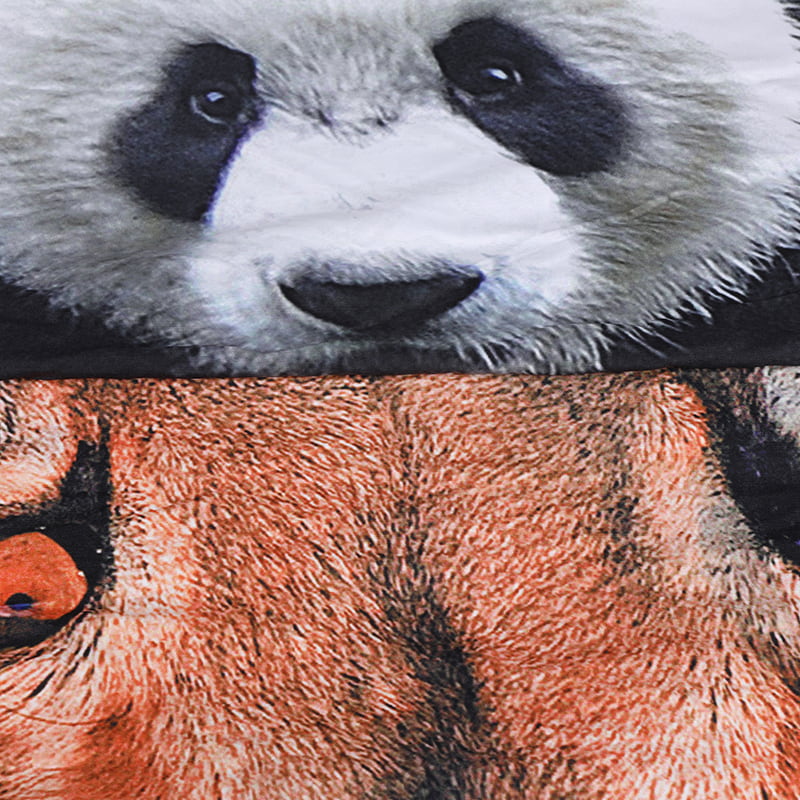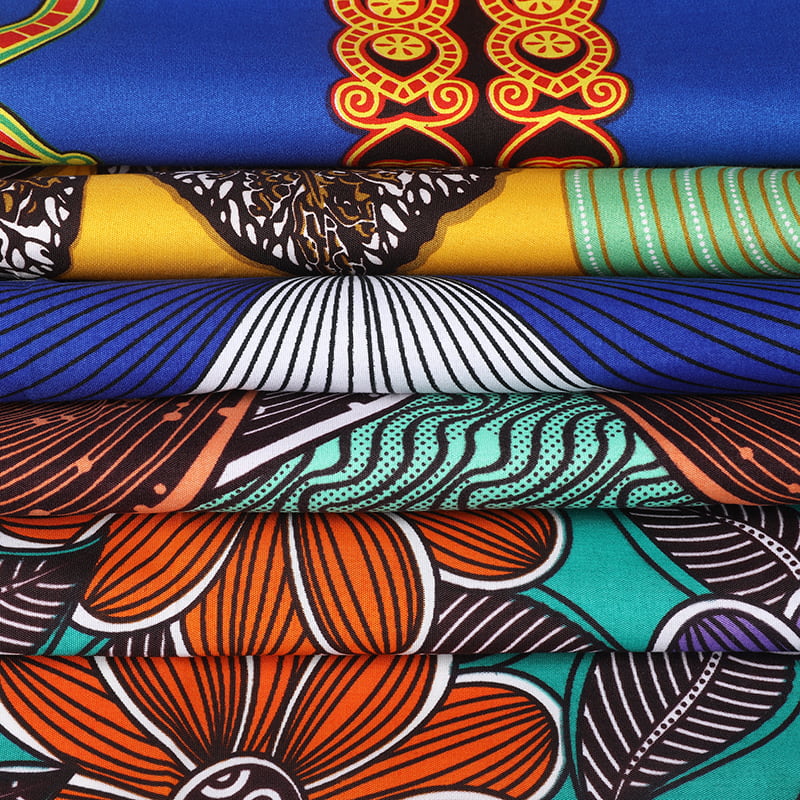What factors will affect the color fastness of digital print fabrics?
The first is the temperature. After the digital printing of pigments, it must go through high temperature to ensure color fastness. Some fabrics are prone to yellowing at high temperatures. For these fabrics that are not resistant to high temperatures, the color-fixing temperature should be lowered. Some fabrics are prone to embrittlement if the temperature is too high, so the color-fixing temperature also needs to be lowered. The specific fabric needs to go through a proofing test to confirm the time and temperature of color fixation.
Second, the types of textiles, different types of fabrics, fabrics with different organizational structures, and the color fastness of paint inks are different. For example, paint inks generally have better color fastness on cotton and linen fabrics, and color fastness on chemical fibers. The fastness is slightly worse.
The third is the composition of the fabric. If the fabric contains a lot of chemical components such as softeners, additives and silicone oil, and digital printing of paint on these fabrics, these additives will greatly reduce the color fastness. When we print ready-made garments, most of the clothes are finished clothes in the market, or directly made from fabrics in Zhongda. Most of these fabrics are added with additives and silicone oil, so color fastness tests must be done before printing large-scale products.
Fourth, the choice of treatment liquid. Some treatment liquids are particularly effective when used on a certain brand of ink, but it is not ideal to use other inks, so different treatment liquids should be selected according to different inks.
Changxing Guojun Textile Co., Ltd. is a wholesale disperse print fabric manufacturer in China, we provide customized polyester microfiber fabrics at factory prices, welcome to inquire.














